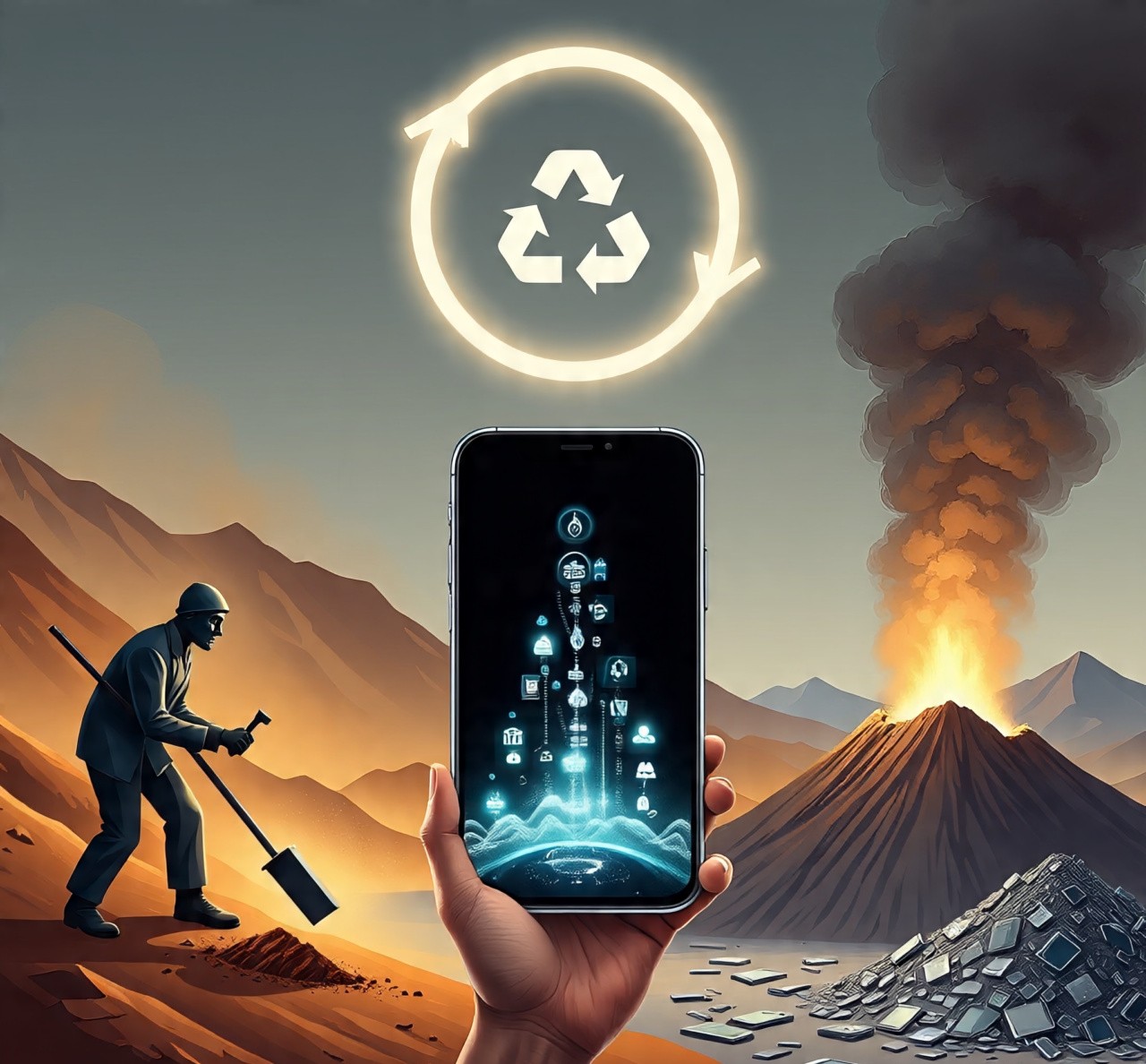
What happens to your old phone after you get a new one? The journey of a smartphone, from its creation to its disposal, tells a powerful story about our global system. It's a tale of waste, environmental destruction, and social inequality.
From mining for minerals in the Democratic Republic of the Congo to the energy-hungry data centers that power our apps and the toxic waste piles in developing communities, every part of a phone's life has an impact. But we can change this. By working together, we can transform the smartphone from a symbol of a wasteful culture into a model for a truly circular economy.
Here's a blueprint for how we can all make a difference.
For Consumers: Your Power Is in Your Pocket
You have more power than you think! Your purchasing habits are the most direct way to drive change.
- Prioritize Longevity: The single best thing you can do is hold on to your phone for as long as possible. Choosing to repair it instead of replacing it drastically reduces its environmental footprint and saves you money.
- Embrace the Circular Economy: When it is time for an upgrade, consider buying a refurbished phone. It's a great way to save money while conserving resources, cutting down on e-waste, and lowering carbon emissions.
- Recycle Responsibly: Never toss your old device in the trash. Use certified e-waste recycling centers or a manufacturer's take-back program. This ensures valuable materials are recovered and hazardous substances are handled safely.
For Corporations: Innovate for a Better World
Companies have the responsibility—and the opportunity—to redesign the entire system.
- Redesign for Longevity: Instead of planning for obsolescence, companies should design products that are durable, repairable, and modular. This shift helps everyone.
- Embrace True Circularity: Moving beyond simply recycling, companies should invest in and scale up certified refurbished device programs. This means more than just a quick fix; it means building a business around giving products a second life.
- Enhance Supply Chain Transparency: Corporations must implement systems to track their entire supply chain, from the mine to the factory. This transparency ensures ethical labor practices and environmental standards are upheld, especially for critical minerals sourced from high-risk regions.
For Policymakers: Enact and Enforce Change
Governments and policymakers can create a framework that supports a sustainable future.
- Enact and Enforce Right to Repair Legislation: This is crucial. By mandating that manufacturers provide consumers and independent shops with access to parts, tools, and manuals, we can make repair the easier and more affordable choice.
- Standardize Reporting and Combat Greenwashing: Introduce and enforce standardized ways for companies to report on their carbon footprint. This helps consumers compare products and holds companies accountable for their sustainability claims.
- Regulate the Supply Chain: Policymakers should implement regulations that hold corporations responsible for the environmental and human rights impacts of their entire supply chain, particularly in high-risk areas.
The future of technology doesn't have to be a never-ending cycle of consumption and waste. By adopting a collective mandate for change, we can transform the smartphone into a model of a truly circular economy—one that is not only "smart" in its functionality but also in its design, sourcing, and ultimate disposal. The opportunity is here to create a technology ecosystem that is innovative, sustainable, equitable, and responsible.